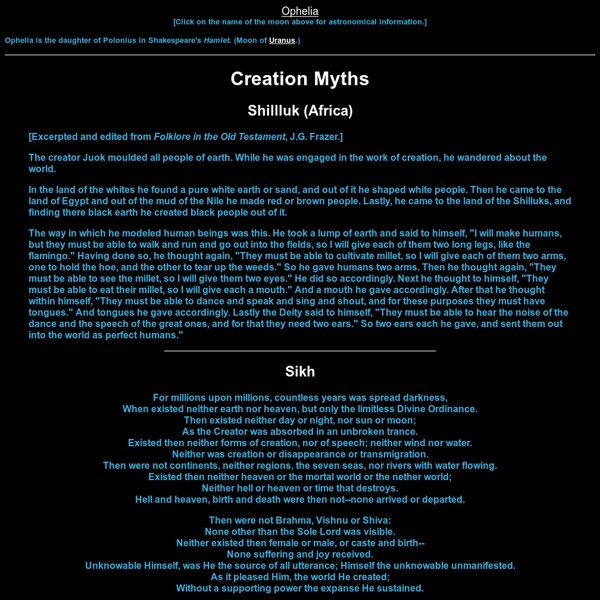Creation Myths

Moving Multisite to a New Domain (Without Errors!) - WPMU DEV
If the physical location of your Multisite suits you fine and you don’t need to switch servers – just your domain – then this handy guide is for you. Moving the domain of your Multisite network isn’t as straightforward as moving a single install, but it’s still possible to make the switch. The process isn’t yet fully automated so you’ll need to edit your database and files, but you can use plugins to significantly speed up the process. Moving your Multisite’s domain doesn’t have to be a difficult. Basic Housekeeping Before we begin, backup your entire site. There are many tools that can help you do this such as our Snapshot plugin, VaultPress, or manually via FTP. Quick File Edits Locate your wp-config.php file in the base of your install and find the following snippet of code: Not too far above that line, you’ll find the following code. Below this code, add the following two lines, and be sure to replace your-new-domain.com with the actual domain you wish to use. Edit Your Datatbase
100 Best iPhone Apps for Serious Self-Learners
Those who constantly strive to learn more from the world around them, who can’t pass up an opportunity to pour over a book or dictionary, or who take classes just to learn a bit more are a special breed. For those with an iPhone, the chances for learning just got a lot greater. Whether you are studying literature, science, or arts, there are apps that will enhance your ability to expand your knowledge base. Literature While the number of books and study guides available for your iPhone are just too numerous to list, the following apps offer fun and educational opportunities for those who love literature and want to learn more. Daily Haiku. Arts The following apps range from learning about famous paintings by the masters to creating art through a variety of media. Art. Foreign Languages Whether you are planning to travel to Chinatown in San Francisco, California or just love learning languages, these apps will help you learn to speak whatever language your heart desires. Travel Science iAmino.
A few drawing tips i have collected
Related:
Related:



